15 Things Humans Do That Dogs Secretly Hate

Dogs, often regarded as humans’ best friends, have their peculiar dislikes.
While they express unconditional love and loyalty, certain human behaviors might secretly annoy them.
Understanding these dislikes can help foster a stronger bond between dogs and their owners. Here are some things humans do that dogs secretly detest.
1. Hugging Too Tightly

Many people find comfort in hugging their pets, but for dogs, this can be overwhelming. Unlike humans, dogs don’t naturally express affection through hugs. When a person embraces a dog too tightly, the dog might feel trapped or anxious. This can lead to discomfort and stress for the animal.
Dogs communicate love and connection through body language, such as wagging tails and gentle nudges. When a human imposes a tight hug, the dog might misinterpret this as a sign of dominance or restriction. It’s crucial to observe the dog’s body language to understand its comfort level. An uncomfortable dog may try to wriggle free, turn its head away, or show signs of stress such as licking its lips or yawning frequently.
To ensure a dog feels secure and loved, owners should opt for gentle petting or play. Allowing the dog to approach on its own terms can create a more trusting and enjoyable interaction. Always prioritize the dog’s comfort over human desire for affection.
2. Loud Noises

When humans play loud music or watch television at high volumes, dogs can become anxious or frightened. Their hearing is much more sensitive than humans’, making these sounds even more intense for them. Sudden noises, like fireworks or thunderstorms, can be particularly distressing. Dogs may exhibit signs of fear, such as trembling, hiding, or barking excessively.
It’s essential to create a calm environment for dogs, especially during noisy events. Offering a quiet space or turning down the volume can significantly reduce their stress. Some dogs might benefit from calming aids, like comfort blankets or calming scents, during particularly noisy times.
Pet owners should be mindful of the noise levels within their households and consider options like playing soft music to soothe their pets. By understanding and accommodating a dog’s sensitivity to sound, owners can ensure a more peaceful coexistence.
3. Dressing Them Up
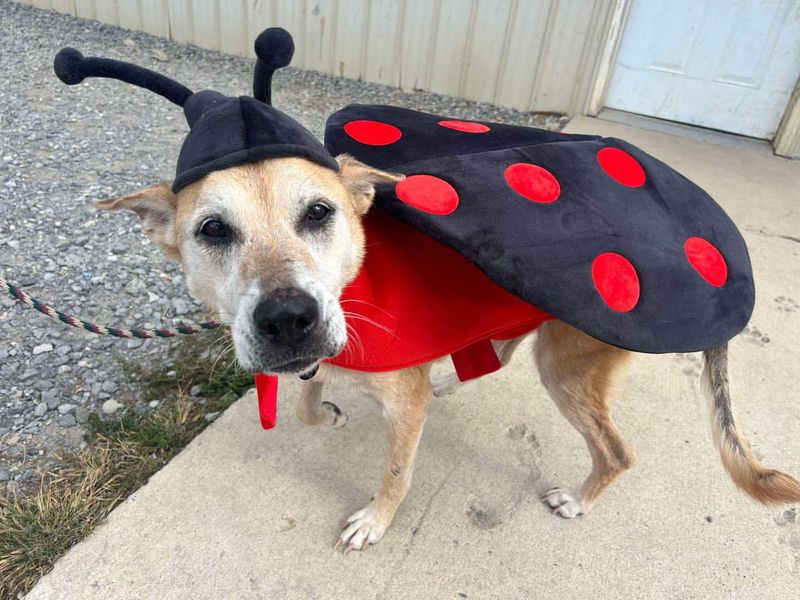
While it might seem adorable to dress dogs in cute outfits, many dogs find this practice uncomfortable. Clothes can feel restrictive, making it difficult for them to move naturally. Dogs rely on their body’s natural movements to communicate, and clothing can hinder this ability, leading to confusion or frustration.
Dogs primarily use their body language to express feelings and intentions. By covering them in attire, you might inadvertently mask their signals, preventing them from communicating effectively with both humans and other animals. This can lead to misunderstandings or even aggressive encounters.
If dressing a dog is necessary, such as for warmth or protection, ensure the clothing is comfortable and allows freedom of movement. Selecting attire that doesn’t obstruct their senses or movements can make a significant difference.
Always observe the dog’s reaction to being dressed, removing any garments if they appear stressed or uncomfortable. Keeping the dog’s comfort and natural behavior in mind can lead to more positive experiences for both pets and owners.
4. Inconsistent Training
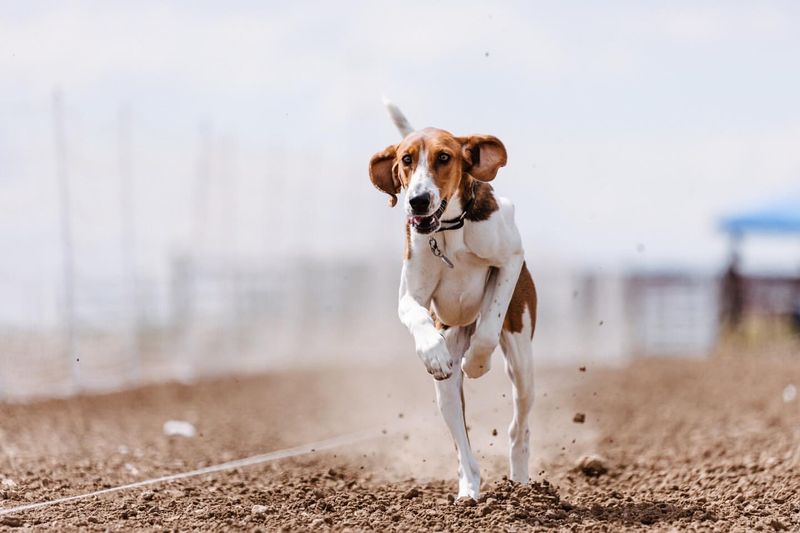
When commands and rules are not consistently reinforced, dogs may become confused about what is expected of them. This inconsistency can lead to anxiety and behavioral issues. Dogs thrive on routine and clear expectations, making it essential for owners to be consistent in their training approach. Using different commands for the same action or rewarding behavior sporadically can create uncertainty.
Dogs need clear, consistent cues to understand which behaviors are desirable and which are not. Lack of consistency can also undermine the trust between a dog and its owner, affecting their overall relationship. To foster a positive training experience, pet owners should establish a clear set of commands and consistently reinforce them.
Regular practice and positive reinforcement can help dogs learn and retain new skills. By maintaining consistency, owners can ensure their dogs feel secure, confident, and more connected to their human companions.
5. Ignoring Body Language

Ignoring a dog’s body language can lead to misunderstandings and stress for the animal. Dogs communicate primarily through non-verbal cues, such as tail wagging, ear positioning, and facial expressions. When humans overlook these signals, dogs can feel frustrated or neglected.
It’s essential for dog owners to pay attention to these cues to understand their pet’s emotions and needs. A wagging tail doesn’t always indicate happiness; it can also signify excitement or anxiety. Similarly, a dog with its ears back might be scared or uneasy, while a dog showing its teeth might be feeling threatened. Understanding these signals can help owners respond appropriately to their pet’s needs.
By attuning to a dog’s body language, owners can improve communication and build a stronger bond. This awareness can prevent potential conflicts and ensure that the dog feels understood and valued.
Regular observation and interaction can enhance the relationship between dogs and their owners, creating a more harmonious living environment.
6. Too Many Treats

Offering too many treats can be detrimental to a dog’s health and behavior. While treats are a great way to reward good behavior, excessive indulgence can lead to obesity and health issues. Dogs may also become reliant on treats, expecting them for every action, which can undermine training efforts. Balance is key when it comes to treats.
Overindulgence can cause weight gain, leading to joint problems and other health concerns. It’s important for owners to monitor treat intake and ensure that it complements a balanced diet. Treats should be given sparingly and as part of a training routine, rather than as a substitute for attention or play.
Instead of relying heavily on treats, owners can explore other forms of positive reinforcement, such as praise or playtime. This approach not only maintains a healthy weight for the dog but also strengthens the bond between pet and owner without over-relying on food rewards.
Keeping treats in moderation ensures a healthier and happier dog.
7. Taking Away Toys
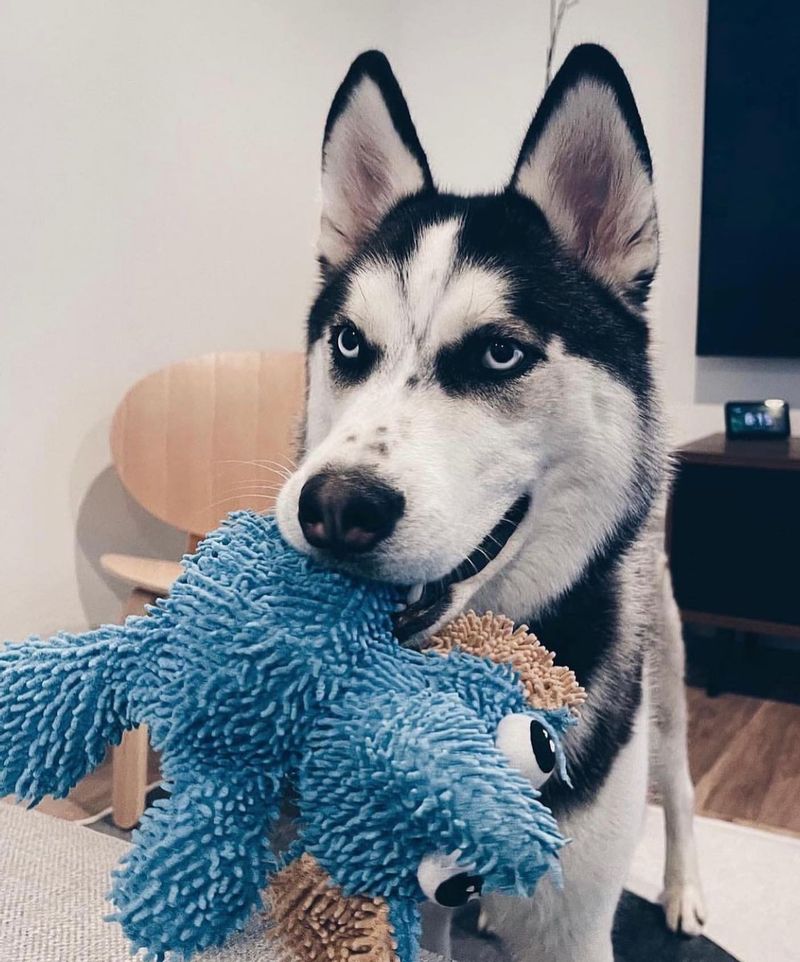
Dogs can become attached to their toys, and taking them away can be distressing. Toys provide comfort and stimulation, helping dogs to relax or burn off energy. When humans abruptly remove these cherished items, dogs may feel confused or upset. Toys often serve as a source of entertainment and companionship for dogs, helping to alleviate boredom and reduce anxiety.
Sudden removal of toys can disrupt this sense of security. Dogs might perceive this as a loss of control over their environment, which can lead to stress or destructive behavior. If there’s a need to take away a toy, it’s best to do it gradually or offer an alternative.
Replacing the taken toy with another can help ease the transition and maintain the dog’s sense of comfort. Understanding the importance of toys in a dog’s life can prevent unnecessary stress and foster a more supportive environment for the pet.
8. Strong Perfumes

While humans might enjoy wearing different fragrances, dogs experience these smells much more intensely. Exposure to strong scents can cause discomfort or even respiratory issues for some dogs. Dogs rely heavily on their sense of smell to interpret the world around them.
Overpowering scents can interfere with their ability to process other smells, affecting their overall experience of their environment. This can lead to confusion or distress, particularly if the scents are persistent. Pet owners should consider using fragrance-free or mild-scented products to minimize the impact on their dogs.
Ensuring proper ventilation in spaces where perfumes are used can also help reduce discomfort. By being mindful of the scents they introduce into their homes, owners can create a more comfortable and stress-free environment for their dogs.
9. Forced Socialization
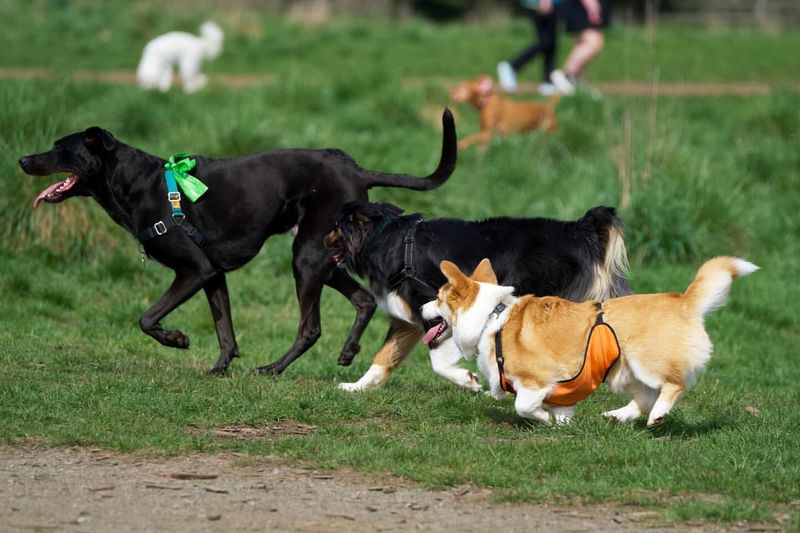
Not all dogs are naturally social, and forcing them into social situations can lead to stress. While some dogs enjoy interacting with others, others might prefer solitude or smaller, familiar groups. Pushing a dog to socialize when it’s uncomfortable can be counterproductive and lead to anxiety or aggression. Dogs have unique personalities, and their social preferences should be respected.
A dog that is pushed to interact with other dogs or people before it’s ready can feel overwhelmed. This can result in negative experiences that affect future social interactions. It’s essential for owners to recognize their dog’s social cues and comfort levels.
Providing gradual exposure to social situations can help build confidence without causing distress. Owners should allow dogs to approach new experiences at their own pace, offering positive reinforcement for calm behavior. Respecting a dog’s individual needs fosters trust and helps develop a well-adjusted pet.
10. Bathing Too Often
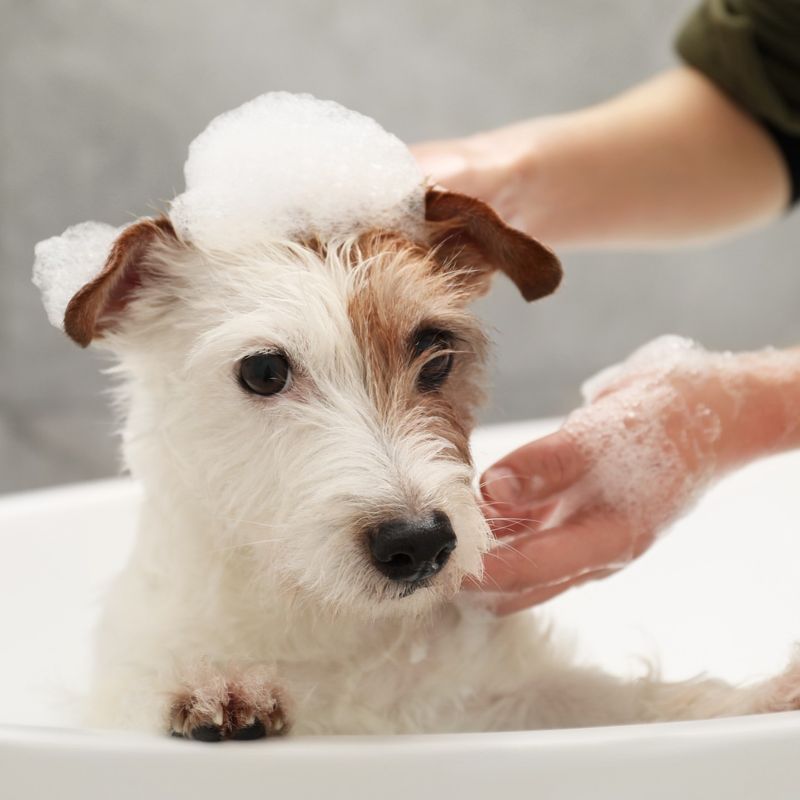
Bathing dogs too frequently can strip their skin of natural oils, causing dryness and irritation. While maintaining cleanliness is important, overbathing can do more harm than good. Dogs have sensitive skin, and excessive washing can lead to discomfort and health issues. Dogs’ natural oils help protect their skin and coat, keeping them healthy and shiny.
Frequent baths can disrupt this balance, leading to itchy, flaky skin. It’s important for owners to find a bathing schedule that suits their dog’s breed and lifestyle, ensuring that their pet’s skin remains healthy. Using gentle, dog-specific shampoos can help minimize irritation during baths.
However, frequent baths are just one of many bad grooming habits that can negatively affect a dog’s health, including improper brushing, neglecting nail trims, and using harsh products.
Owners should also ensure thorough rinsing to remove all traces of soap, preventing residue that can cause itching. By understanding their dog’s grooming needs, owners can maintain a balance that promotes both cleanliness and skin health.
11. Teasing

Constant teasing can lead to confusion, frustration, and even aggression. Dogs trust their humans, and teasing can undermine this trust, making them feel insecure or threatened. Dogs rely on consistent interactions to understand their environment and relationships. Teasing disrupts this understanding, leading to anxiety and stress.
It’s important for owners to recognize the difference between playful interaction and behavior that might confuse or upset their pets. Positive and engaging activities, like fetch or training games, can strengthen the bond between humans and dogs.
Owners should focus on nurturing trust and respect, ensuring that their interactions contribute to a supportive and loving relationship. By avoiding teasing and opting for constructive play, owners can maintain a positive connection with their pets.
12. Tight Leashes
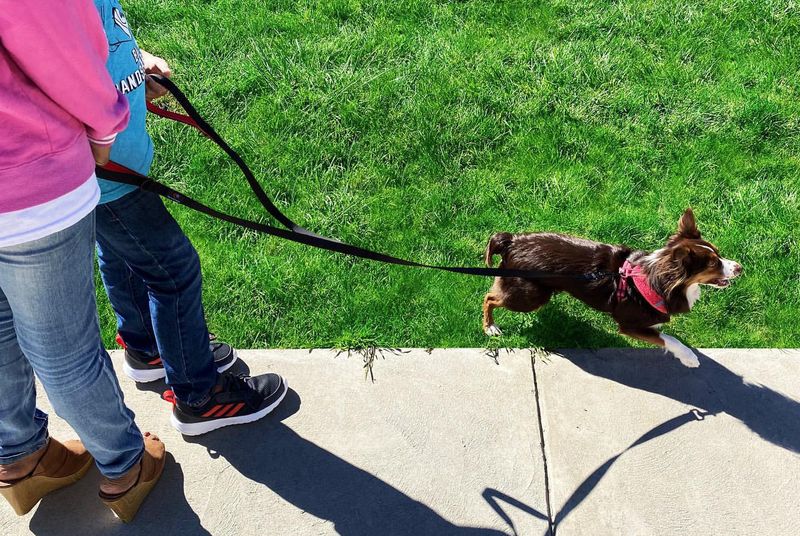
Walking dogs with overly tight leashes can cause discomfort and restrict their natural movement. Dogs communicate and explore their surroundings through movement, and a tight leash can hinder this. It can also lead to frustration and stress, as dogs may feel restrained and unable to engage with their environment.
A tight leash can also signal to a dog that there is something to be cautious about, amplifying their anxiety. This tension can lead to reactive behavior, making walks less enjoyable for both the dog and the owner. Providing some slack in the leash allows dogs to explore naturally and engage with their surroundings.
By using a loose leash and practicing good leash manners, owners can improve their dog’s walking experience. Encouraging a relaxed approach to walks can reduce stress and enhance the bond between pet and owner.
Ensuring that dogs have the freedom to move naturally can lead to more positive and enjoyable outings.
13. Leaving Them Alone
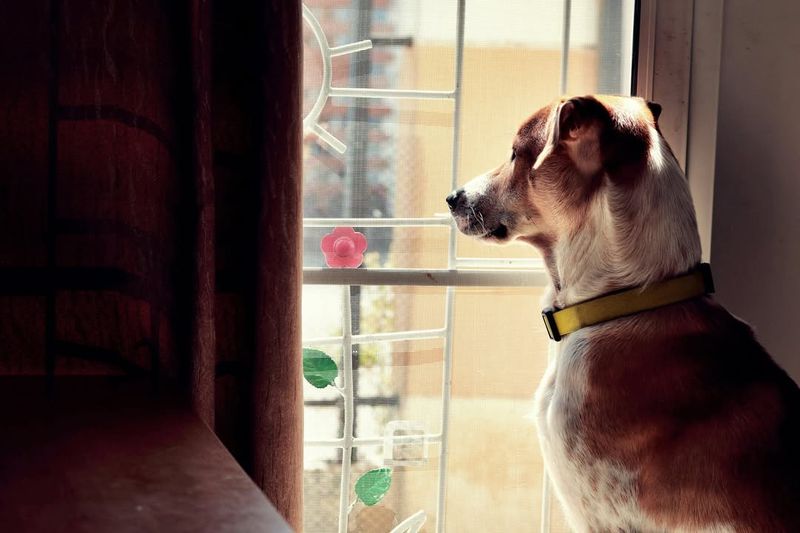
Dogs are social animals that thrive on companionship and interaction. When left alone, they may experience separation anxiety, leading to destructive behavior or depression. Dogs left alone often resort to barking, chewing, or other disruptive behaviors as a way to cope with their stress. It’s important for owners to recognize the signs of separation anxiety and take steps to address it.
Providing mental stimulation, like puzzle toys, can help alleviate boredom during alone time. Ensuring regular social interaction and companionship can reduce the negative effects of being left alone. Arranging for a dog walker or pet sitter can break up long periods of solitude.
By meeting their dog’s social needs, owners can promote a happier and more well-adjusted pet.
14. Scolding harshly

Harsh scolding can damage the bond between dogs and their owners, causing fear and confusion. Dogs are sensitive to tone and body language, and aggressive reprimands can lead to anxiety. Understanding and patience are crucial when addressing undesirable behavior.
Consistent, gentle guidance helps dogs learn and adapt without fear. Harsh punishment can undermine trust, leading to a fearful or defensive dog. It’s essential for owners to focus on positive reinforcement, rewarding desirable behavior rather than punishing mistakes.
Using calm, clear communication can help dogs understand expectations without fear. Redirecting unwanted behavior and providing positive alternatives fosters a supportive learning environment.
15. Talking In High-Pitched Voices
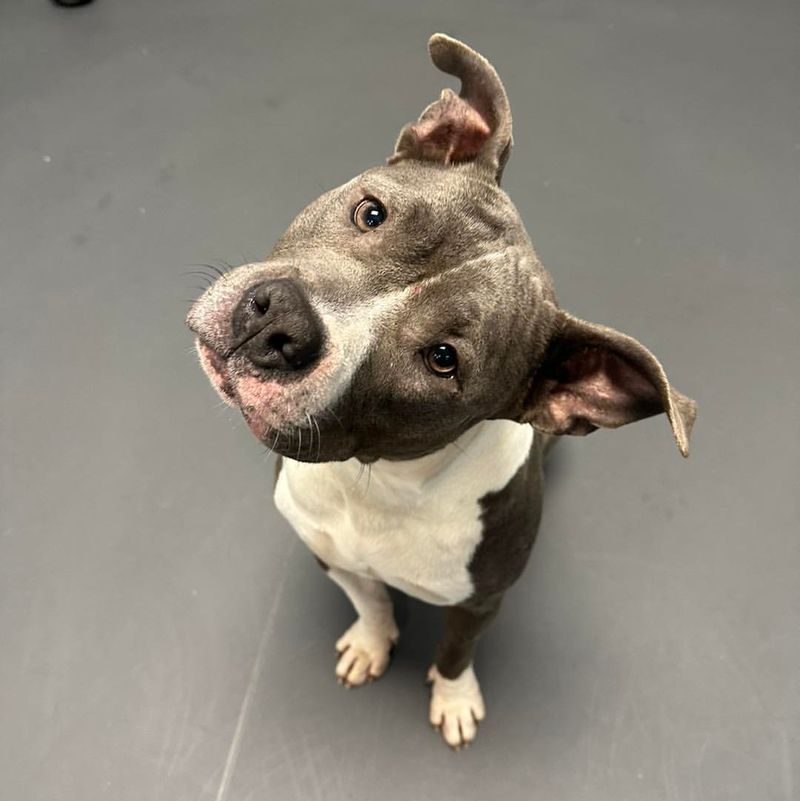
Dogs might not appreciate our attempts at mimicking their barks or squeals with high-pitched voices. While we think it’s endearing, they might find the tone grating and confusing.
Canines are more attuned to tone and body language than the content, so a sudden change to a high pitch might be unsettling. Our pets rely on consistent communication cues from us, and a dramatic shift could bewilder them.
Consider maintaining a calm and soothing tone instead. Observe your dog’s reactions to your voice; it can reveal a lot about their comfort level.






